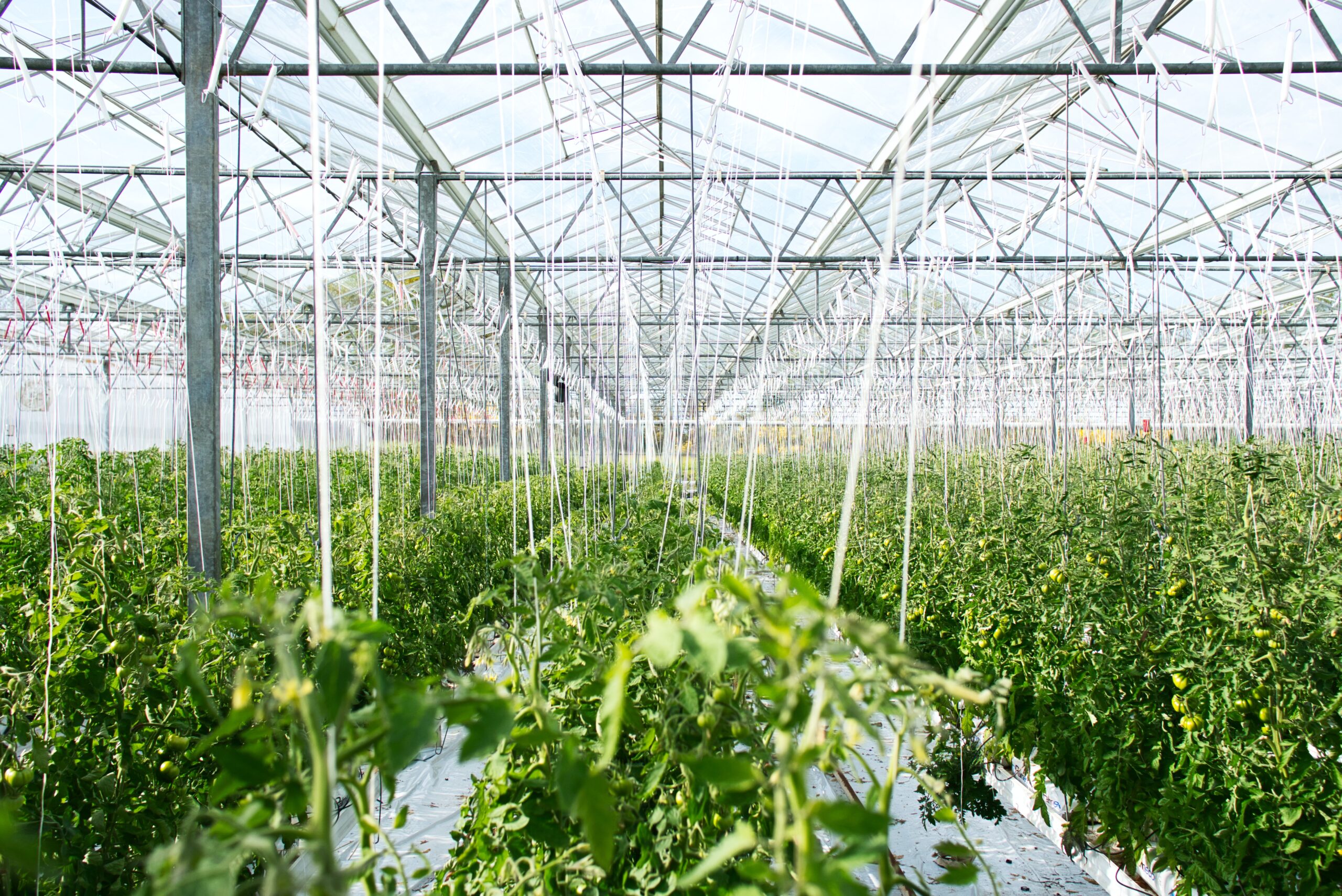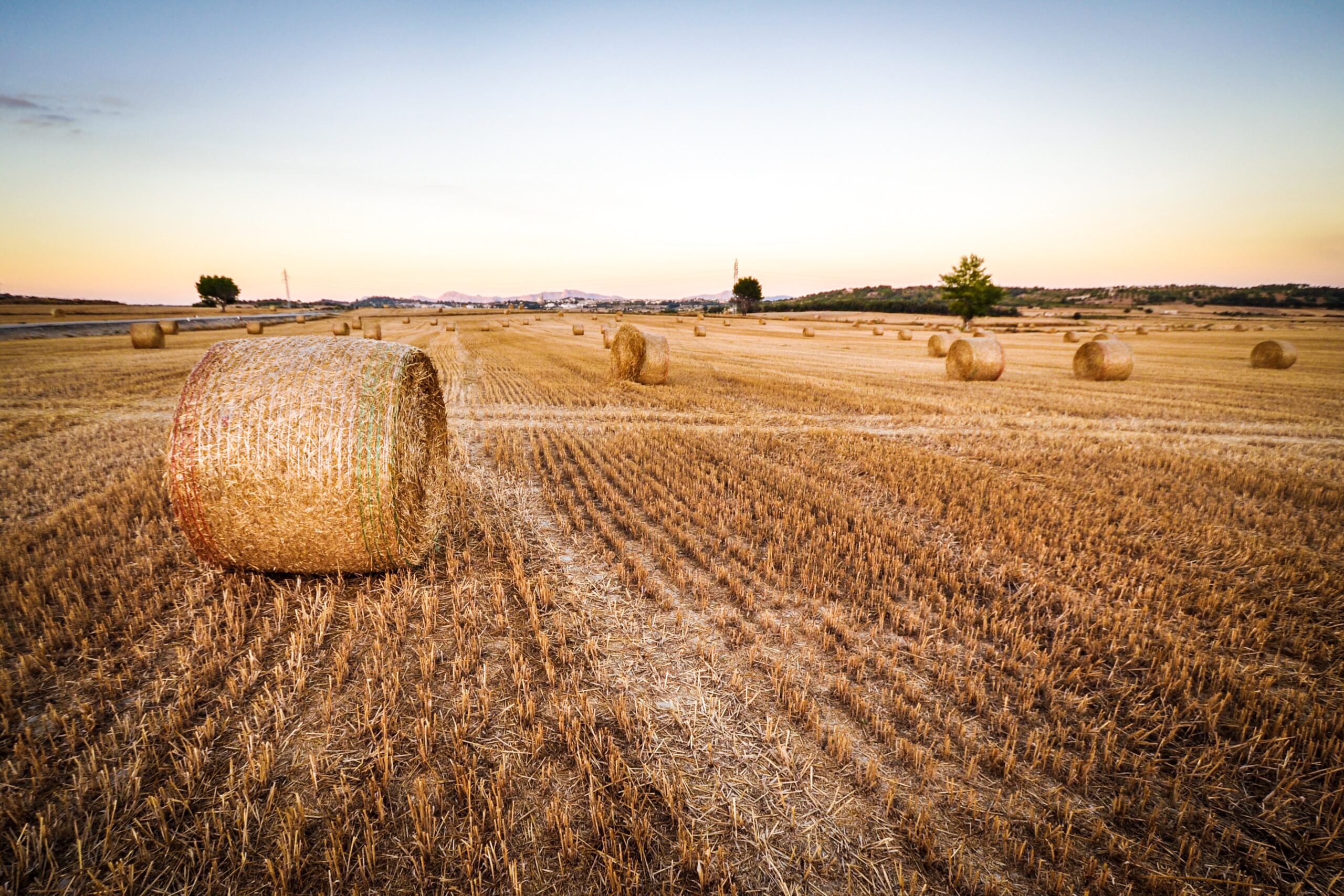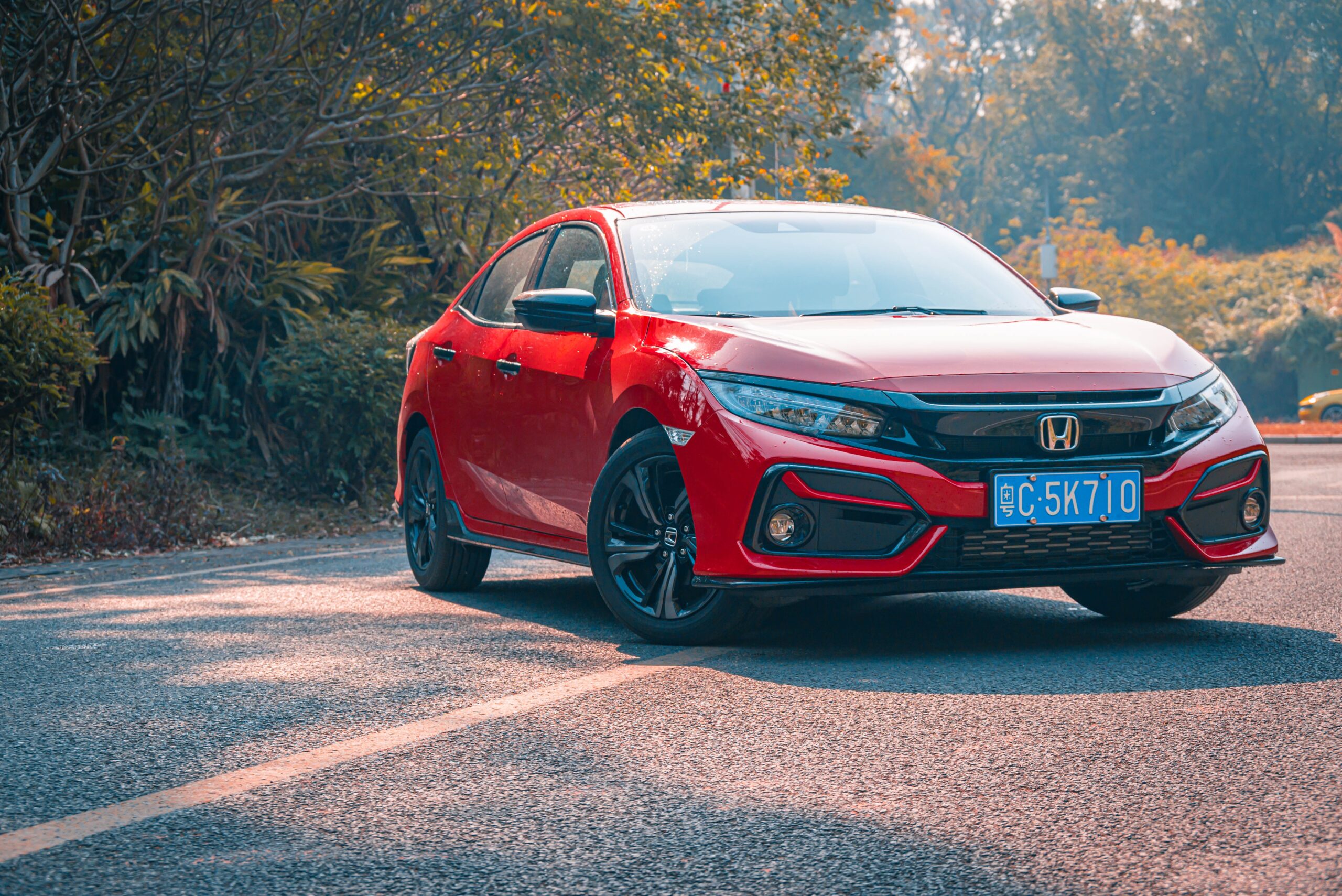Agriculture has been the backbone of human civilization for centuries. With the world’s population growing and demand for food increasing, modern farming practices have advanced considerably over time. Extensive vs intensive agriculture are two primary farming methods that have evolved to meet the changing needs of society.
The practice of intensive agriculture involves using high levels of inputs such as labor, capital, and technology to maximize productivity. On the other hand, extensive agriculture typically involves using larger land areas with lower inputs per unit of land. While both methods have their advantages, they also have different impacts on the environment and efficiency levels.
In this article, we will explore the key differences between extensive and intensive agriculture definition. We will delve into the pros and cons of each approach, focusing on their environmental impacts and efficiency. By the end of this article, you will have a comprehensive understanding of the advantages and disadvantages associated with these two types of agriculture, helping you make informed decisions about your food choices and environmental impact.
So, join us for a journey through the world of extensive and intensive agriculture where we will discuss their pros, cons, and environmental impacts!
Contents
What is Intensive Agriculture?
Intensive agriculture refers to a method of farming that aims to maximize productivity through the use of high inputs such as labor, capital, and technology. It often involves the use of modern farming techniques, such as irrigation, mechanization, and the use of synthetic fertilizers and pesticides. The widespread adoption of intensive agriculture has enabled farmers to produce large quantities of food and fiber at a lower cost, making it a popular farming method worldwide.
Characteristics of Intensive Agriculture
One of the key characteristics of intensive agriculture is the use of high inputs such as labor, capital, and technology. Farmers who practice intensive agriculture often use modern farming equipment, such as tractors and harvesters, to increase efficiency and productivity. Additionally, they utilize agricultural technologies like synthetic fertilizers, pesticides, and high-yielding crop varieties to enhance crop yields and increase profitability.
Examples of Intensive Agriculture Practices
There are many examples of intensive agriculture practices around the world. These may include the use of precision farming techniques, such as GPS-guided tractors and drones to optimize planting and harvesting. Other examples may include the adoption of hydroponics, which is a method of growing plants using water instead of soil, or the use of artificial lighting to grow crops indoors.
Despite its benefits, intensive agriculture can also have significant environmental impacts, such as soil erosion, pollution, and increased greenhouse gas emissions. Therefore, it is essential to assess the benefits and drawbacks of intensive agriculture before deciding whether to adopt this farming method.
What is Extensive Agriculture?
Extensive agriculture is a farming system that utilizes large land areas with low inputs per unit of land. This approach typically involves low amounts of labor, capital, and technology usage. Instead, farmers using extensive agriculture rely on the natural fertility of the soil and the advantages of using larger tracts of land to keep the costs of inputs low and improve profitability.
There are many examples of extensive agriculture practices, including pastoralism in the African Sahel, where livestock farmers use vast grasslands to graze their animals, and shifting cultivation in Southeast Asia, where farmers rotate crops between different plots of land to avoid soil degradation. Other examples include the ranching of large-scale livestock operations and the practice of cultivating cereals in areas with low rainfall and low soil fertility.
Although extensive agriculture has been in use for centuries as a way to maintain sustainability and promote biodiversity, it has been increasingly marginalized in recent years by the rise of more intensive agricultural practices that require higher inputs and smaller land areas. Despite this, extensive agriculture remains a crucial aspect of farming in many regions of the world and continues to be an integral part of local cultures and economies.
Comparing the Pros and Cons
Extensive and intensive agriculture are two contrasting approaches to farming that have different impacts on the environment and productivity. In terms of environmental impacts, extensive agriculture is generally considered more sustainable due to its lower inputs and reduced greenhouse gas emissions. However, intensive agriculture has the potential to achieve higher yields and productivity per unit of land, making it a more efficient approach in certain conditions.
One of the primary advantages of extensive agriculture is its lower environmental impact. With less use of inputs such as fertilizers and pesticides, the ecosystem of the area is more preserved, promoting biodiversity. Furthermore, extensive agriculture often involves the use of diverse crop rotations and intercropping, which can help to reduce the risk of crop failure and promote soil health.
On the other hand, intensive agriculture has the potential for much higher productivity per unit of land due to its use of high inputs such as labor, capital, and technology. This approach often involves the use of monocultures, which can lead to the loss of biodiversity. Additionally, intensive agriculture may require more water and generate higher greenhouse gas emissions due to the use of fertilizers and machinery.
When it comes to efficiency, extensive agriculture is often viewed as inefficient due to its lower yields and higher land use per unit of production. Conversely, intensive agriculture examples is often viewed as more efficient due to its higher yields and reduced land use per unit of production. However, this perception is not always accurate, as extensive agriculture may be more efficient in terms of resource use as well as economic sustainability in regions where land is abundant.
In conclusion, both extensive and intensive agriculture approaches have their own set of advantages and disadvantages, and the choice of approach should be based on a careful consideration of local environmental and economic conditions.



